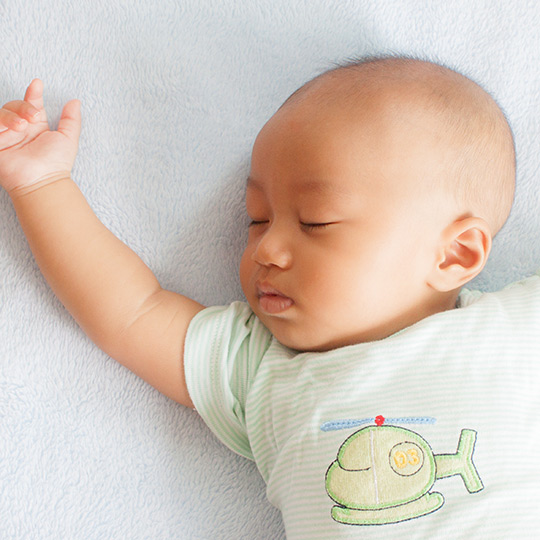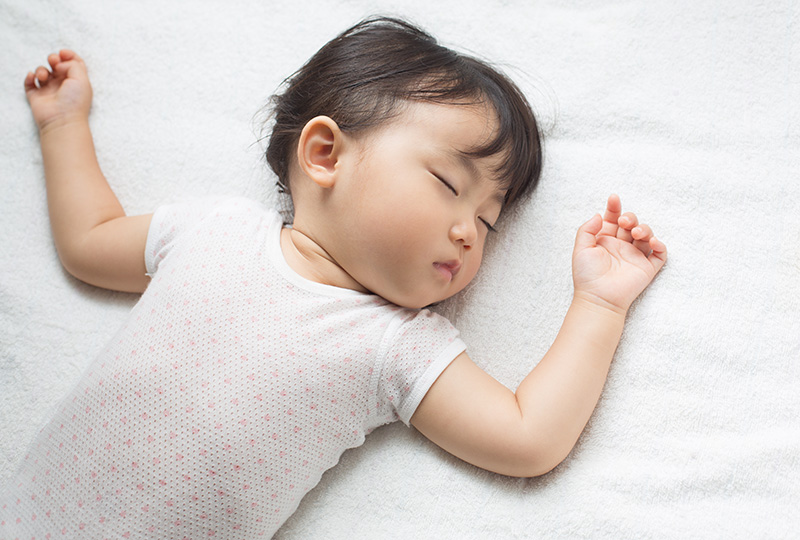Controlled comforting or camping out? Read more about which sleep-training technique might serve the family best.
Every parent of a newborn has probably wondered, “Why, oh, why won’t this baby go to sleep?” In fact, a Google search for “getting baby to sleep” turns up more than 80.2 million results.
A study published in an issue of the journal Pediatrics examines two techniques for training babies to get themselves to sleep. Both allow babies to cry it out for limited periods of time:
- “Controlled comforting,” in which parents respond to baby’s crying at increasingly longer intervals to encourage the baby to get to sleep on his or her own;
- “Camping out,” in which a parent sits in a chair while the baby falls asleep and moves the chair farther and farther away until the parent is out of the room and the baby falls asleep alone.
We asked Beth Malow, M.D., MS, a Vanderbilt sleep specialist, about the study.
What are your thoughts about using behavioral sleep techniques like this with infants?
I believe they should be used when there is a sleep problem. The infant and the family benefit — the family from better sleep for everyone, and the infant from learning to settle and fall asleep on his or her own.
Do you have any concerns about either of the techniques used in this study?
I personally prefer “camping out,” although if a family is comfortable with “controlled comforting,” that is fine as well. The key is for the parents to be comfortable with the approach. My own clinical practice focuses on children with neurodevelopmental disorder. Choosing an approach that a family is comfortable with is particularly important for those families because parents worry about whether a sleep intervention will contribute to the child’s disability.
What questions do you get most about sleep in babies and how do you answer them?
The two most common questions are “How much sleep is normal?” and “When should my baby sleep through the night?” The answer to both is that each child is different and there is variability. With the first question, we can provide guidelines, but if the child is alert during the day, he or she is probably getting enough sleep. With the second, I tell parents that at around the age of 3 months, they should start working on letting the child fall asleep on his or her own. That is, it’s okay to rock the baby or provide a bottle or nurse them to drowsiness, but she child should finish falling asleep alone.
Beth Malow, M.D., is director of the Vanderbilt Sleep Center and a member of the Vanderbilt Kennedy Center faculty.
Now it’s your turn. When it comes to getting baby to sleep, what worked for you and your family? Share in the comments below.

How much sleep do children need?
Children who don’t get adequate sleep are at risk for health problems ranging from diabetes to depression, according to the American Academy of Sleep Medicine, which in June 2016 issued age-specific sleep recommendations. See them here.


